Introduction: The Challenges of Healthcare Access in Remote Areas
In many remote and rural areas across the globe, access to basic healthcare services remains a significant challenge. These areas are often characterized by geographical isolation, limited infrastructure, and a lack of healthcare facilities. In addition, many remote regions are located in developing countries where healthcare costs are high and resources are scarce. This results in inadequate medical services, poor health outcomes, and significant disparities between rural and urban healthcare access.
One of the key barriers to healthcare delivery in remote areas is the lack of reliable and affordable energy sources to power health facilities, especially in regions that are not connected to national power grids. Hospitals, clinics, and even mobile health units rely heavily on electricity to run medical equipment, store vaccines, maintain refrigeration, and provide essential lighting. Without consistent power, healthcare providers cannot deliver quality care, particularly in emergencies or during the night.
However, with the increasing availability and affordability of clean energy technologies, such as solar power, wind energy, and mini-grids, there is a transformative opportunity to improve healthcare delivery in these underserved areas. Clean energy can provide reliable, sustainable, and cost-effective power to healthcare facilities, enabling them to offer better services and improve health outcomes in remote regions.
This article explores how clean energy technologies can provide affordable healthcare solutions for remote areas and overcome the challenges of energy access in these regions.
The Role of Clean Energy in Healthcare Delivery
Clean energy technologies, particularly renewable energy sources, offer a viable solution to address the energy needs of healthcare facilities in remote and off-grid areas. By ensuring a reliable, sustainable, and affordable power supply, clean energy can enable these facilities to operate efficiently and provide essential services.
1. Solar Power: The Key to Reliable and Sustainable Energy
Solar energy is one of the most promising clean energy solutions for healthcare facilities in remote regions. With its abundance in many parts of the world, especially in sunny areas, solar power can provide a continuous and reliable energy source for medical facilities. Solar systems can power a wide range of medical equipment, including refrigeration for vaccines, lighting for consultations and surgeries, and diagnostic equipment such as X-ray machines.
- Solar-powered Clinics: Solar energy can power off-grid clinics in remote villages, enabling them to operate independently of national grids. By installing solar panels, batteries, and backup systems, these clinics can maintain a steady power supply even during the night or on cloudy days.
- Solar-Powered Cold Chain Systems: Vaccines and certain medications must be stored at specific temperatures to remain effective. Solar-powered refrigeration systems can ensure that vaccines, insulin, and other essential medicines are properly stored, reducing waste and improving access to life-saving treatments in rural areas.
- Solar Lighting and Energy for Health Workers: Solar-powered lighting ensures that healthcare workers can perform their duties after dark. This is particularly critical in areas with limited electricity, where health workers may otherwise struggle to provide care in the evenings or in emergency situations.
2. Mini-Grids and Hybrid Systems
In some remote regions where solar power alone is not sufficient, mini-grids or hybrid energy systems that combine solar, wind, and battery storage can be used to provide reliable electricity to health facilities. These systems are designed to serve small communities or isolated facilities, providing the energy required to support healthcare services.
- Mini-Grids for Rural Communities: A mini-grid is a localized energy system that can power a small community or a specific facility, such as a health center or clinic. Mini-grids can integrate solar, wind, or other renewable energy sources, allowing health facilities to operate even in areas that are not connected to national power grids. These systems can provide electricity for lighting, refrigeration, medical equipment, and communication tools.
- Hybrid Systems for Backup Power: In regions where energy demands fluctuate or where weather conditions may reduce the availability of solar power, hybrid systems that combine renewable sources with backup generators can ensure that healthcare facilities are never without power. These systems allow health centers to maintain essential services even in extreme weather conditions or during seasonal variations in energy availability.
3. Wind Power and Other Renewable Sources
In areas with consistent wind patterns, wind power can complement solar energy by providing a reliable source of electricity. Wind turbines can be installed to generate electricity for medical centers, especially in remote coastal areas or high-altitude regions.
- Wind Turbines for Health Facilities: Wind turbines can be used in combination with solar energy systems to create a hybrid solution, ensuring that energy is available 24/7. Wind power can be especially useful in regions where solar energy alone may not provide sufficient power during cloudy or rainy periods.
- Other Renewable Sources: While solar and wind energy are the most widely used clean energy technologies, other renewable sources such as biogas or hydropower can also be considered depending on the local environment. For example, in areas with access to organic waste, biogas systems can provide a reliable energy source to power medical facilities.

Improved Healthcare Services with Clean Energy
By ensuring that remote healthcare facilities have access to reliable energy, clean energy technologies enable improved healthcare delivery in the following ways:
- Increased Operational Hours and Availability Healthcare facilities powered by clean energy systems, such as solar or mini-grid solutions, can operate for extended hours, ensuring that essential medical services are available even after dark. This is crucial in emergencies, as timely access to care can significantly improve health outcomes. 24/7 healthcare availability is a game-changer for communities in remote areas that previously struggled to access care outside of business hours.
- Improved Medical Equipment Performance Clean energy solutions can ensure that medical equipment operates at optimal capacity. Power outages or unreliable electricity can prevent the use of essential devices, such as incubators for newborns, diagnostic machines, or life-saving ventilators. By providing a consistent and reliable power supply, clean energy ensures that these critical devices are available whenever they are needed.
- Better Vaccine and Medicine Storage One of the biggest challenges in healthcare delivery is the storage and transportation of vaccines and medications that require refrigeration. Solar-powered refrigeration systems and mini-grids can support the cold chain process, which ensures that vaccines and other temperature-sensitive medicines remain viable, even in remote areas.
- Cost Reduction and Economic Benefits For health facilities that rely on diesel-powered generators or expensive grid electricity, clean energy technologies can help reduce energy costs. Although the initial investment for solar panels or mini-grids can be high, the long-term savings are substantial. By eliminating the need for costly fossil fuels and reducing reliance on unstable power grids, healthcare facilities can allocate resources to other critical areas, such as staff training, medicine procurement, or patient care.
- Sustainability and Environmental Impact Clean energy technologies not only improve healthcare delivery but also contribute to environmental sustainability. By relying on renewable energy sources, healthcare facilities reduce their carbon footprint and minimize their environmental impact. This aligns with global efforts to combat climate change and promotes the use of sustainable energy in the healthcare sector.
Case Studies of Clean Energy in Healthcare
- The Solar Clinics in Kenya In Kenya, organizations such as SolarAid have implemented solar-powered clinics in rural areas. These clinics are equipped with solar panels, allowing them to offer medical services, store vaccines, and provide light for health workers even during the night. Solar-powered clinics have significantly improved the quality of healthcare in underserved areas and have reduced reliance on kerosene lamps, which are harmful to health and the environment.
- Mini-Grid Health Solutions in India In India, Selco India has developed mini-grids to power remote health centers in rural villages. These mini-grids combine solar power with battery storage to ensure that health facilities have consistent energy. The project has helped improve healthcare access in remote areas by providing electricity to run medical equipment and enhance operational efficiency.
- Wind and Solar Power in Remote African Villages In remote African villages, wind and solar hybrid systems are being used to provide power to healthcare facilities. In regions where the grid is unreliable or nonexistent, these hybrid systems ensure that medical centers can continue to provide services even during power outages. These solutions have improved the overall quality of care and made healthcare services more accessible to rural populations.
Conclusion: A Bright Future for Healthcare in Remote Areas
Clean energy technologies have the potential to revolutionize healthcare delivery in remote areas by providing a reliable, sustainable, and cost-effective power supply for medical facilities. Solar power, mini-grids, wind energy, and other renewable sources can help overcome the challenges of energy access and ensure that healthcare services are available to underserved populations.
As clean energy becomes more affordable and accessible, it will play a critical role in reducing health disparities, improving health outcomes, and creating a more sustainable and resilient healthcare system in remote regions. By integrating clean energy solutions into healthcare infrastructure, we can create a future where everyone, regardless of location, has access to the essential healthcare services they need.















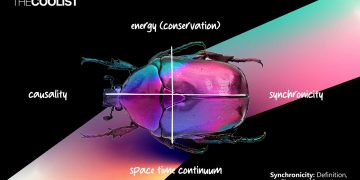



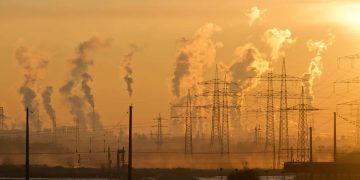




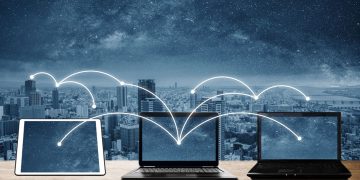
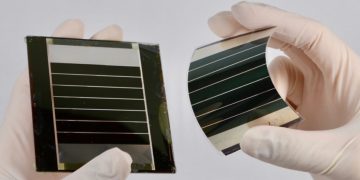
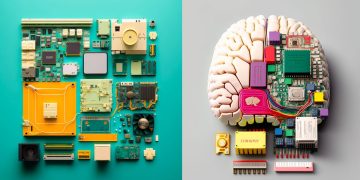


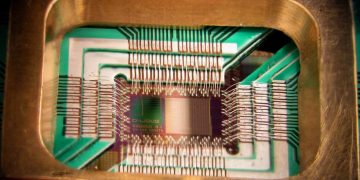

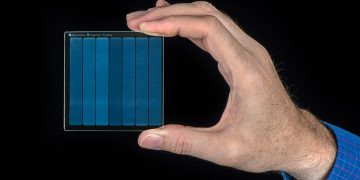

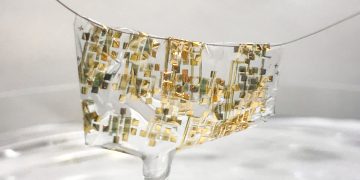
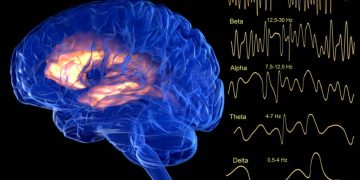
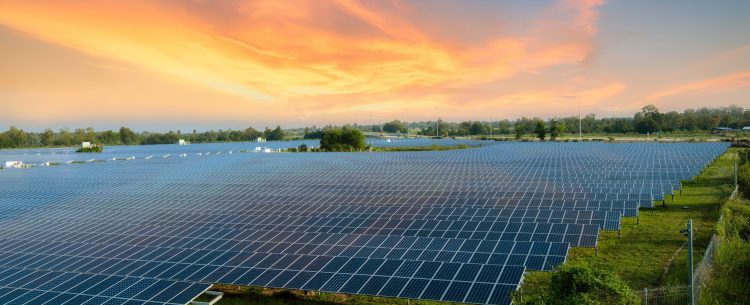












Discussion about this post